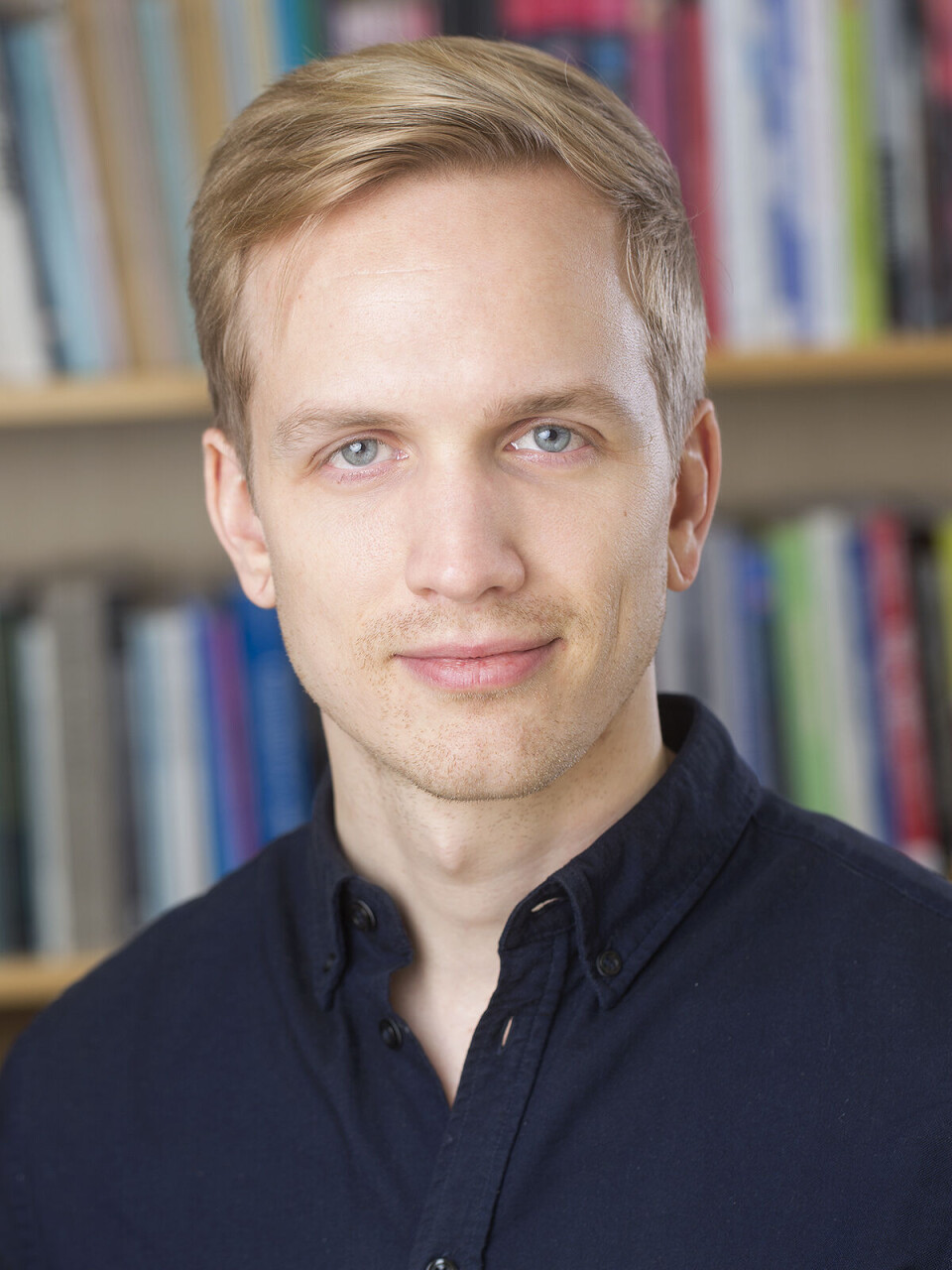THIS ARTICLE/PRESS RELEASE IS PAID FOR AND PRESENTED BY Oslo Metropolitan University - read more

Anxiety and depression more common among adults with ADHD
According to new research, there may be several reasons for this.
Adults with ADHD are less satisfied with life than the general population, according to a new survey from NOVA (Norwegian Social Research) at OsloMet.
Among other things, they struggle more with anxiety, depression and feelings of loneliness. Many of them also report an unmet need for mental health services, according to the NOVA paper Levekår blant voksne med ADHD (Living conditions among adults with ADHD).
"The findings from the study describe a situation in which adults with ADHD in Norway have greater problems than the general population in a number of areas that have a strong bearing on living conditions and quality of life," comments Vegar Bjørnshagen, researcher and author of the study NOVA has produced on assignment for ADHD Norway.
Affects studies and working life

The study is based on a literature review of international research on the links between ADHD and health, education and work, and on a recent questionnaire survey about living conditions and quality of life among adult Norwegians with ADHD.
It also emerges in the survey that students with ADHD experience more challenges and are less satisfied with their studies than students in the general population.
"Moreover, the survey shows that many of them find that the teaching, teaching materials and the educational institution are poorly or very poorly adapted," the researcher says.
But those with ADHD also experience challenges in the labour market, according to the study, and, compared with the general population, fewer people with ADHD are in employment. They are also over-represented in the statistics for part-time employment.
"At the same time, it is also the case that employees with ADHD often find that the opportunities for self-determination and self-development in their jobs are good – on a par with the general population. That said, people with ADHD experience feeling mentally exhausted after work to a far greater extent, and they experience less social support at work," Bjørnshagen says.
Not surprised
Bjørnshagen is not surprised about the survey findings. Previous research has also shown that adults with ADHD score more poorly on living conditions in areas such as health, education and working life, and it was therefore not surprising that we found differences in subjective quality of life.
"Different challenges and burdens are often interrelated and affect people’s perception of quality of life," he says.
The survey does not tell us why adults with ADHD suffer more from anxiety, depression and loneliness, but Bjørnshagen believes that their over-representation is probably due to several interacting factors.
"The literature indicates that this may be connected to vulnerability resulting from ADHD, among other things the feeling of not being able to cope with the difficulties that ADHD can entail in everyday life and with living up to society’s demands," he says.
The risk of developing mental health problems is also generally higher among those with less education, income and a looser attachment to the labour market.
"As regards loneliness, previous studies have shown that social relations can be a challenge for those with ADHD. This is often seen as being linked to other people’s negative reactions to behaviour that is due to symptoms of ADHD, such as inattention and impulsiveness. This can lead to rejection and social isolation, which have a negative effect on individuals’ quality of life," Bjørnshagen says.
What the researcher believes should be done
Around 2–5 per cent of the adult population have ADHD, according to ADHD Norway.
The NOVA researcher believes that the survey shows that several things should be done to improve the living conditions and quality of life of this group.
From a social science perspective, for example, there should be a focus on the structural or societal factors that contribute to the challenges adults with ADHD experience and that can be addressed politically, he suggests.
At the individual level, concrete adaptation measures could prove useful.
"The survey shows that many find that there is little or no adaptation for them in their studies or in the workplace. Given that we know that adults with ADHD fare more poorly as regards both education and labour market attachment, such adaptation could probably help to improve the situation," he says.
That, in turn, could have positive ripple effects in other areas that affect quality of life and living conditions, he thinks.
"Access to mental health services also seems to be important, given the higher prevalence of mental health problems among adults with ADHD and given that many report an unmet need for such health services," says Bjørnshagen.
Reference:
Vegar Bjørnshagen 'Levekår blant voksne med ADHD' (Living conditions among adults with ADHD) (link in Norwegian), NOVA, OsloMet, 2022.
See more content from OsloMet:
-
"Norwegians practice a friendship version of a ‘one-night stand'"
-
"We need to talk about how we assess teacher students"
-
Cannabis use in Norway has increased: “Not everyone needs moral lectures or worried looks"
-
Many children with ADHD do not thrive at school
-
An out-of-control race: Why we fear artificial intelligence
-
One in four seniors feels digitally discriminated against





































